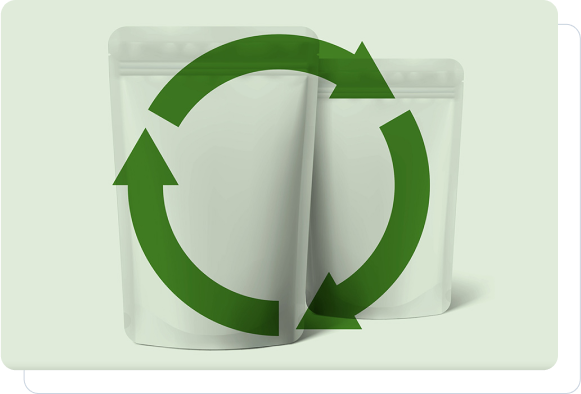Hey there!
Let’s get to the point: Plastic waste poses a $400 billion challenge to the world while flexible packaging functions as its main driver. But here's the twist: it's also the solution.
Why? The convenience and affordability of flexible packaging do well alongside its rapid development to fit into the circular economy framework through items like pouches, resealable bags, and wraps. A majority of brands fail to understand the complete situation.
Our guide explains step by step how to use this industry trend. The discussion includes practical strategies which are supported through real-life innovations and market data, along with case studies. Let's get started.
Why Flexible Packaging is the Unsung Hero of Sustainability?

First, let’s clarify: Flexible packaging remains a permanent part of the market despite the widespread misconception. The flexible packaging market will expand to reach $400 billion by 2029. Devices constructed from flexible packaging material require seventy percent less raw material than traditional rigid containers, which reduces emissions production and waste storage needs.
But consumers don’t care about “less bad.” They want zero waste. The circular economy serves as the solution to achieve sustainability goals.
The circular economy implements an opposing pattern where resources keep circulating between reduction and reuse, and infinite recycling. And flexible packaging? This closed-loop system needs this packaging solution as its ideal choice.
3 Innovations Making Flexible Packaging Circular (Right Now)
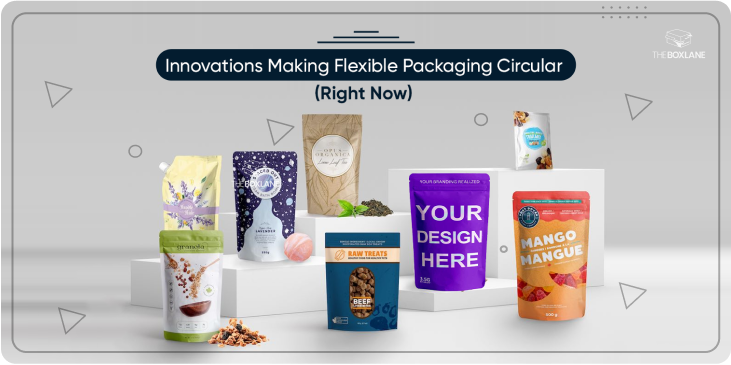
Let’s talk about real-world wins. These aren’t lab experiments—they’re scaling today.
1. Mono-Material Pouches: The Recycling Game-Changer
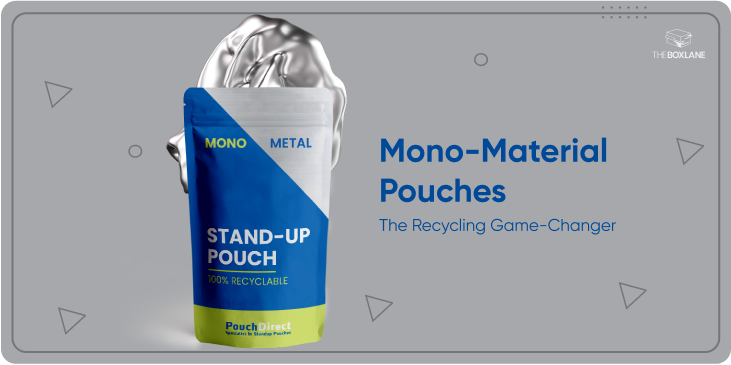
Traditional packaging creates blends of plastic and foil with glue, which makes the overall recycling process difficult. The use of mono-material packaging designs featuring all-polypropylene or all-PE eliminates this issue.
- Real example: Colgate-Palmolive together with Unilever and P&G, implemented 100% recyclable mono-material toothpaste tubes for their products.
- Result: 10x increase in bathroom product recycling rates when compared to the recycling of mixed-material tubes.
- Your takeaway: Simplify materials. Recycling plants can’t process complexity.
2. Edible Seaweed Packaging: Yes, You Can Eat It
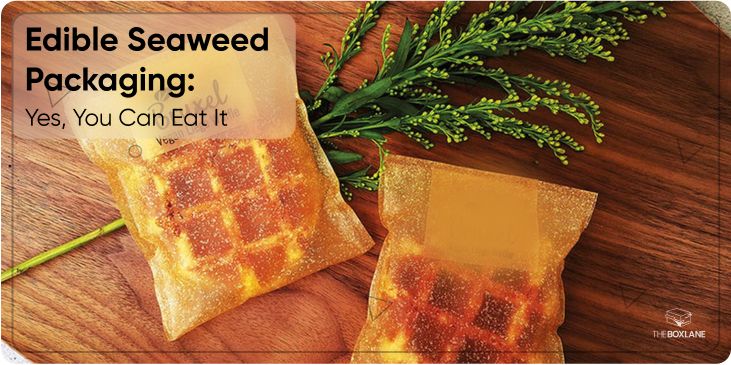
Consider snack wrappers that dissolve in water, or your stomach. Notpla, located in London, produces edible seaweed films that have eliminated 15 million plastic takeout containers from European markets.
- Why it works: The production of seaweed surpasses trees by a rate of 60x, removes CO2, and requires no additional fertilizer.
- Your move: Partner with material innovators. Start small (e.g., sample pouches).
3. Blockchain + QR Codes: Killing Greenwashing

Nestlé applies blockchain-tagged packaging to its Zoégas coffee products. A QR code scanned reveals all the information about how the beans traveled from their growth location to roasting facilities and shipping destinations.
- Stats don’t lie: 73% of customers will buy products from brands which maintain transparency.
- Action step: Small brands should take advantage of available free QR code generators.
The Dirty Secret No One Talks About
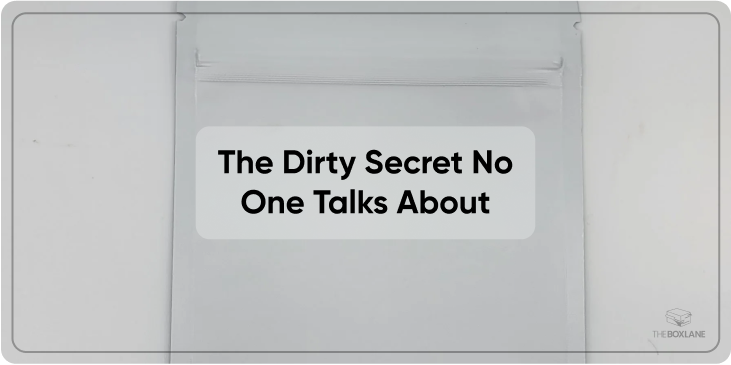
Sustainable flexible packaging isn’t all rainbows. Here’s the ugly truth:
- Costs are sky-high: Bio-resins pricing remains two to three times higher than virgin plastic materials.
- Recycling infrastructure is broken: The current recycling system worldwide fails to process more than 9% of plastic waste.
- Consumers are confused: A whopping 68% of consumers remain unaware of proper flexible packaging recycling methods.
But wait—here’s the silver lining:
- Regulations are forcing change: The state of California, through its EPR laws, now imposes penalties on packages that do not qualify for recycling.
- Tech is leveling the field: AI-powered robots using technology have achieved 90% accuracy in sorting flexible films.
5 Steps to Outperform 99% of Brands
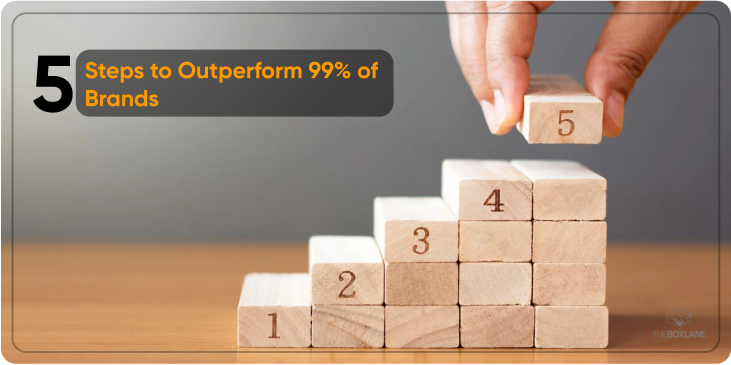
Ready to lead? Follow this playbook:
1. Switch to Mono-Materials ASAP
Start with one product line. The Pixel phone redesign at Google included molded fiber trays instead of plastic lamination which conserved 340K pounds of plastic each year.
2. Adopt “Smart” Packaging
You can achieve recycling instructions by using NFC tags and QR codes. Kraft Heinz developed a fully recyclable ketchup cap, which led to better recycling performance by 12%.
3. Educate Your Customers
Pringles has introduced a paper tube packaging design that features a clear message to recycle on its labels. Simple? Yes. Effective? 22% fewer tubes in landfills.
4. Partner for Scale
The reusable Loop packaging network at Tesco reduces waste amounts by 40 percent and improves customer loyalty.
5. Bet on Bio-Based
Mushroom mycelium roots serve as protective materials for Dell laptop products. This material costs less than foam while offering complete compostability.
The Future is Flexible (Here’s Your Cheat Sheet)
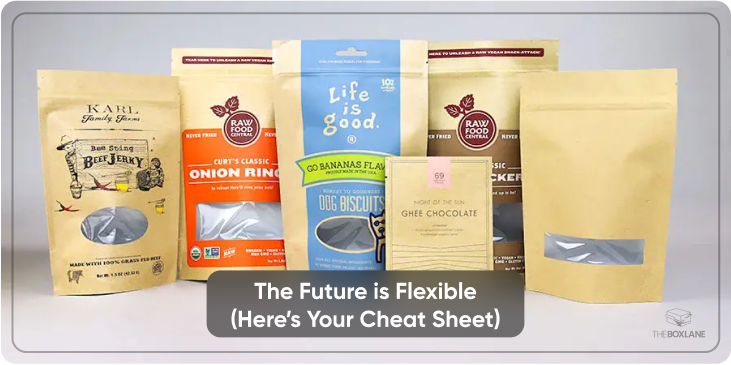
By 2030:
- The future packaging market will rely on 40% fiber-based materials such as paper and pulp.
- Through chemical recycling we will be able to rescue “non-recyclable” plastics.
- AI systems will forecast packaging waste volumes before manufacturing starts.
Your mantra: Design for tomorrow, act today.
Final Thought: Don’t Be Coca-Cola
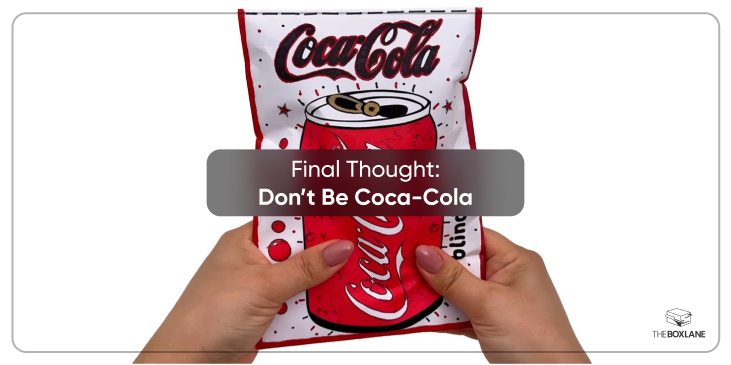
The company received widespread criticism when it abandoned its 2025 plastic targets. Meanwhile, Patagonia grew its revenue by 29% through the adoption of recycled apparel packaging.
- Moral: Sustainability isn’t a cost—it’s your biggest growth lever.
Ready to Future-Proof Your Packaging?
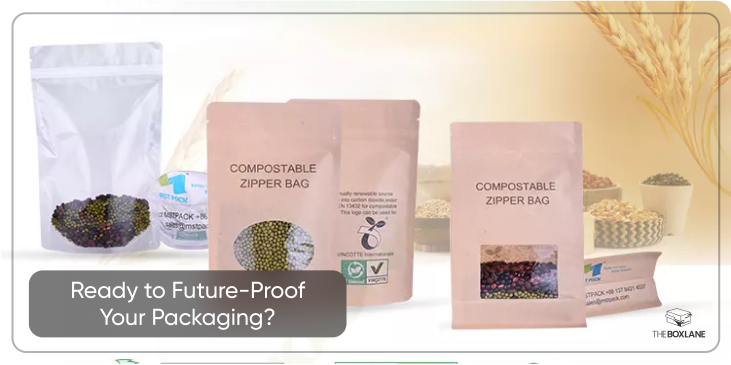
The Box Lane provides advanced, sustainable, flexible packaging solutions, which include both blockchain-enabled labels and mono-material pouches among other alternatives.
Get in touch with us immediately to reduce waste while enhancing customer loyalty and seizing control of the circular economy.
Your move.
3 Questions to Ask Your Packaging Supplier
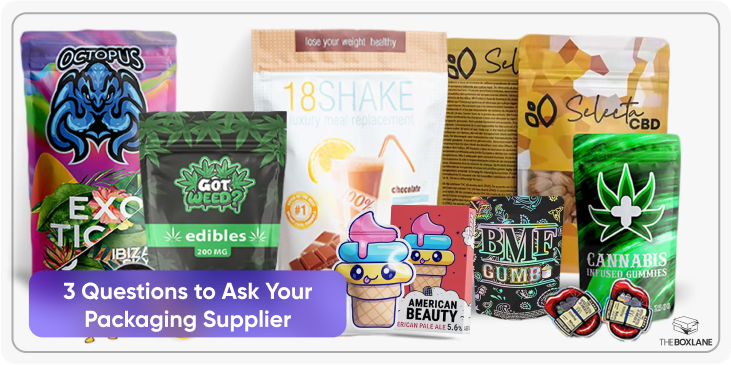
Before you make any big moves, ask your suppliers the following questions:
1.What percentage of your packaging is truly recyclable?
Any supplier with less than 50% recyclable packaging products cannot be considered future-proof.
2.How do you track material sourcing?
Seek suppliers who use certification programs such as FSC or ISCC.
3.What’s your take-back or recycling program?
Best suppliers offer closed-loop solutions.
Pro tip: If they dodge these questions, it’s time to switch.
It’s Now or Never
Consumers are shifting. Laws are changing. The supply chain is evolving.
Companies which adapt their approach currently will become market leaders in the upcoming decade. Those that don’t? They’ll be left behind.
So, where do you stand?


